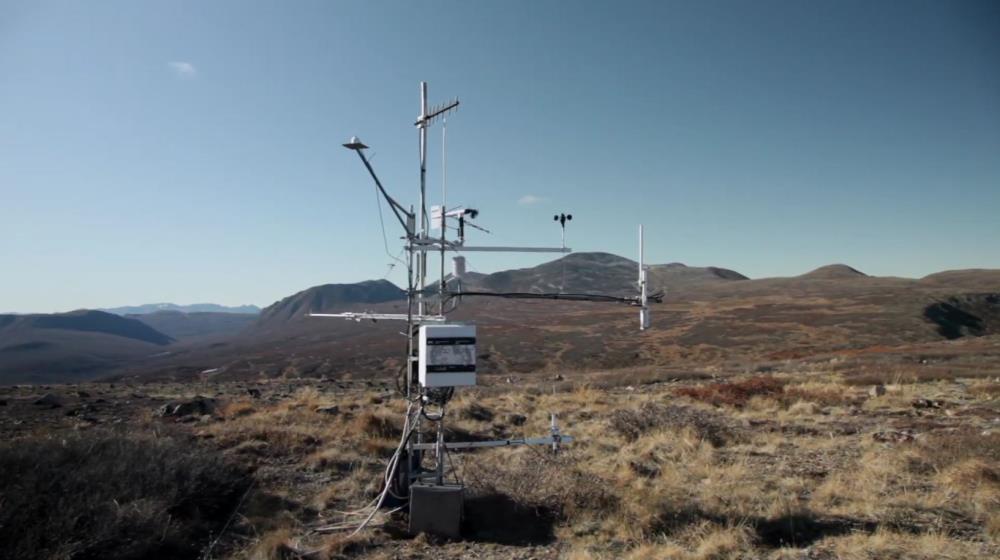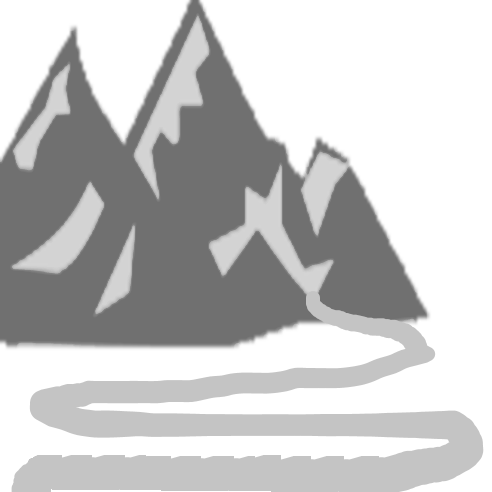
Related items loading ...
Section 1: Publication
Publication Type
Thesis
Authorship
O'Brien, C.
Title
Thermokarst can stimulate tall shrub productivity and plant-soil feedbacks in the low-Arctic tundra
Year
2025
Publication Outlet
Wilfrid Laurier University
DOI
ISBN
ISSN
Citation
O'Brien, C., "Thermokarst can stimulate tall shrub productivity and plant-soil feedbacks in the low-Arctic tundra" (2025). Theses and Dissertations (Comprehensive). 2758.
https://scholars.wlu.ca/etd/2758
Abstract
Warming temperatures are exacerbating permafrost thaw disturbances in the Arctic. Permafrost thaw disturbances are facilitating tall, deciduous shrub expansion. However, potential productivity differences between shrubs that colonize disturbed areas and those in undisturbed tundra remain understudied. More productive shrubs optimize for fast growth over leaf longevity, meaning they may produce more abundant and higher quality litter which could accelerate decomposition rates and lead to faster nutrient cycling. Faster nutrient cycling could create a positive feedback loop between shrubs and soil, maintaining greater ecosystem productivity. I measured in situ soil characteristics and physiological and structural shrub functional traits for green alder (Alnus alnobetula) and dwarf birch (Betula glandulosa) growing in polygonal terrain (troughs and centers) and thaw slumps (within the thaw slump or an undisturbed control) in the low Arctic tundra of Northwest Territories, Canada. I also conducted a laboratory litter incubation experiment to assess the potential of accelerated nutrient-cycling in disturbances. I found that soil characteristics were altered in disturbances compared to controls. Thaw slumps displayed dramatic differences compared to undisturbed tundra, and polygonal terrain troughs had deeper active layer thickness than more-stable centers. Shrub traits did not differ between polygon centers and polygon troughs, however, in thaw slumps shrubs were significantly more productive than in undisturbed tundra. I found greater rates of litter decomposition in polygon troughs compared to centers, and greater decomposition of litter from thaw slumps compared to litter from undisturbed tundra regardless of the incubation substrate (disturbed vs. undisturbed). My results suggest that the effects of ice-wedge degradation in polygonal terrain troughs may be limited to increases in active layer thickness and litter decomposition, while large-scale thaw slump disturbances will increase soil nutrient availability and active layer thickness, stimulate productive shrub trait expression, and enhance decomposition rates of shrub litter. The increase in shrub productivity in thaw slumps marks a shift in ecosystem structure and function, while increases in decomposition may lead to faster nutrient cycling in polygonal terrain troughs. My findings suggest positive feedback between thaw slumps, shrub productivity, and decomposition which could reinforce or enhance the dominance of tall shrubs and contribute to tundra shrub expansion.
Plain Language Summary


 GWFNet
GWFNet Master
Master Data
Data Research
Research Map
Map
 Advanced
Advanced Tools
Tools
 . . .
. . .
 Metadata Editor
Metadata Editor
 Record List
Record List
 Alias List Editor
Alias List Editor
 Legacy sites
Legacy sites